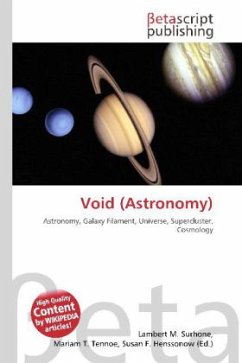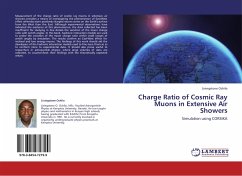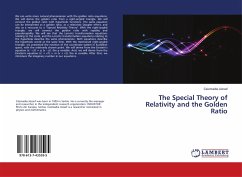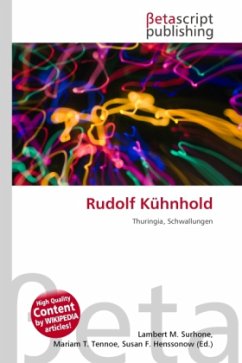Please note that the content of this book primarily consists of articles available from Wikipedia or other free sources online. Void ratio, in materials science, is defined as the volume of voids in a mixture divided by the volume of solids. This figure is relevant in composites, in mining (particular with regard to the properties of tailings), and in soil science. In geotechnics, it is considered as one of the state variables of soils and represented by the symbol e. Volume change tendency control. If void ratio is high (loose soils) voids in a soil skeleton tend to minimize under loading - adjacent particles contract. The opposite situation, i.e. when void ratio is relatively small (dense soils), indicates that the volume of the soil is vulnerable to increase under loading - particles dilate. Hydraulic conductivity control (ability of water movement through the soil). Loose soils show high conductivity, while dense soils are not so permeable.
Bitte wählen Sie Ihr Anliegen aus.
Rechnungen
Retourenschein anfordern
Bestellstatus
Storno








